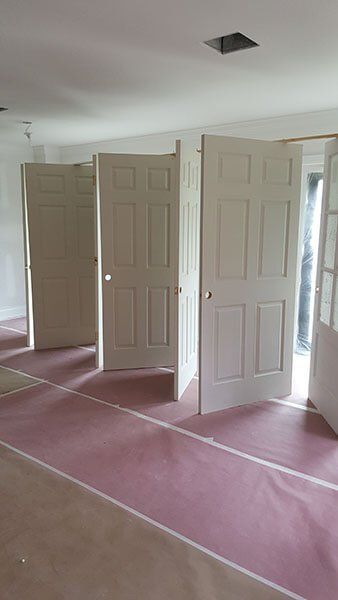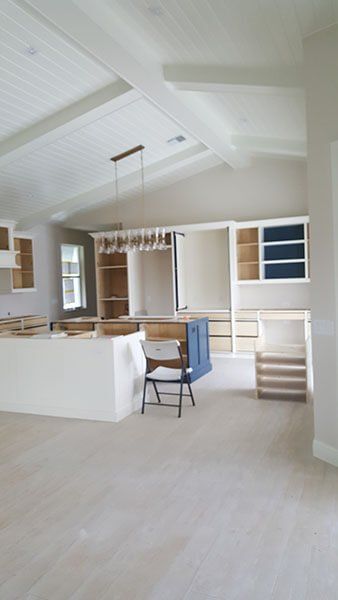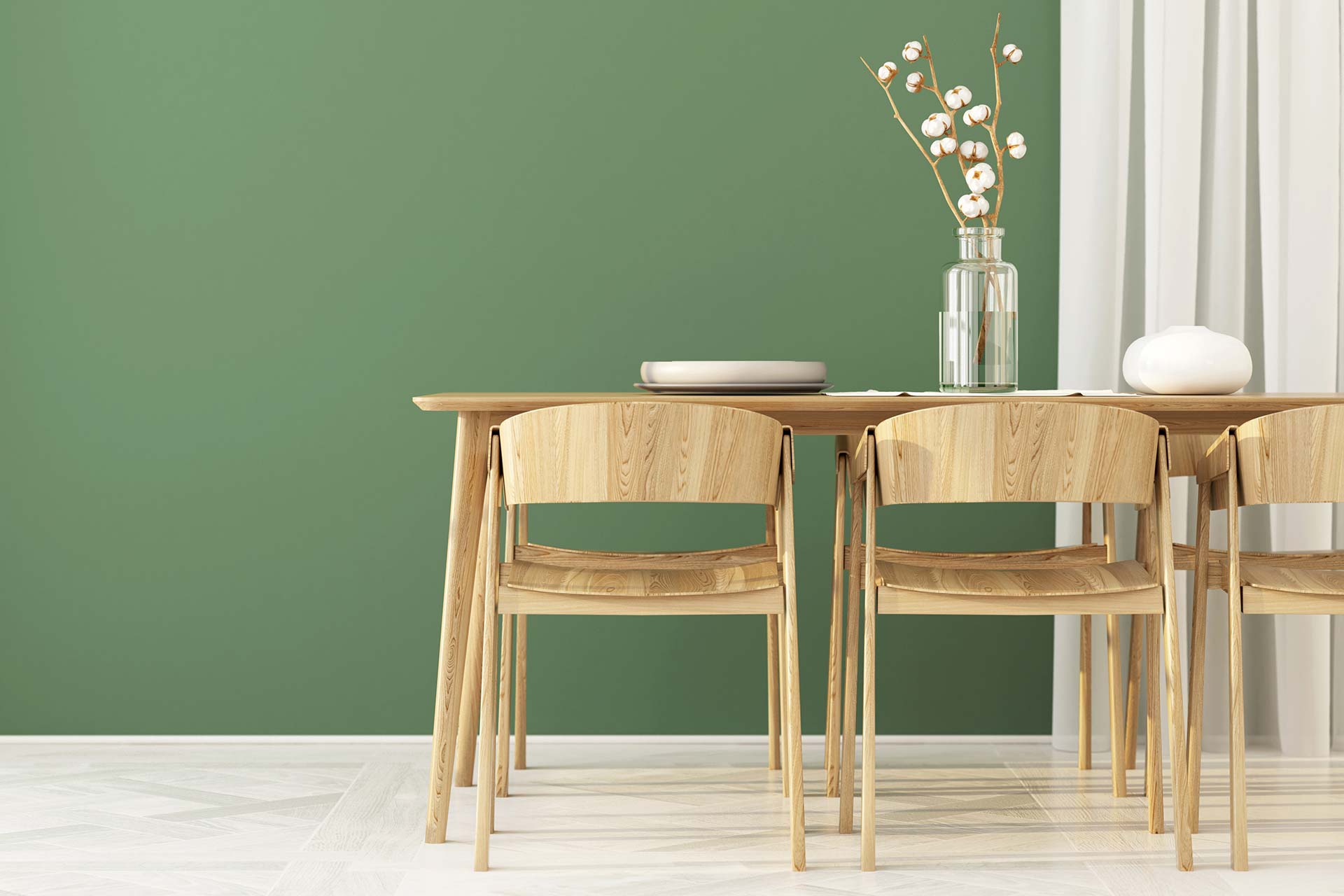The Latest Painting Tools and Equipment for Professional Painters
Painting is a crucial aspect of both residential and commercial construction projects. Professional painters are responsible for ensuring that surfaces are prepped and painted to the highest quality, ensuring the longevity and aesthetic appeal of the finished project. However, achieving this level of excellence requires the use of high-quality painting tools and equipment. In this article, we will explore some of the latest painting tools and equipment that professional painters should consider using to ensure that their work meets the highest standards.
1. Airless Paint Sprayer
An airless paint sprayer is a piece of painting equipment that allows for the spraying of paint at high pressure without the need for compressed air. These sprayers are popular among professional painters due to their ability to apply paint evenly and quickly, making them ideal for larger painting projects.
Airless paint sprayers come in a variety of sizes and types, including handheld sprayers, backpack sprayers, and larger, wheeled models. When selecting an airless paint sprayer, it is important to consider the size of the project, the type of paint being used, and the level of portability required.
2. HVLP Paint Sprayer
HVLP, or High Volume Low Pressure, paint sprayers are another popular option among professional painters. These sprayers operate by utilizing a high volume of air at low pressure to atomize the paint, resulting in a fine, even spray. HVLP sprayers are known for their precision, making them ideal for detailed work such as trim or cabinet painting.
When selecting an HVLP paint sprayer, it is important to consider the type of paint being used, as some models are better suited for thicker paints such as latex, while others are better suited for thinner paints such as lacquer.
3. Paint Rollers
Paint rollers are a staple in any professional painter's toolkit. They are used for applying paint to large, flat surfaces such as walls and ceilings. When selecting a paint roller, it is important to consider the nap, or the length of the fibers on the roller cover. Longer nap rollers are better suited for textured surfaces, while shorter nap rollers are better suited for smooth surfaces.
In addition to the nap, it is also important to consider the material of the roller cover. Synthetic materials such as nylon are often preferred due to their durability and ability to hold more paint.
4. Paint Brushes
While paint rollers are ideal for large, flat surfaces, paint brushes are essential for detailed work such as trim and molding. Professional painters should consider investing in a variety of
paint brushes, including angled brushes, sash brushes, and round brushes.
When selecting a paint brush, it is important to consider the material of the bristles. Natural bristle brushes are best suited for oil-based paints, while synthetic bristle brushes are better suited for water-based paints.
5. Spray Booths
Spray booths are enclosed spaces designed for the spraying of paint, providing a safe and controlled environment for the painter and preventing overspray from affecting nearby surfaces. They are particularly useful for large-scale painting projects such as automotive painting or furniture refinishing.
When selecting a spray booth, it is important to consider the size and type of the project being undertaken. Portable spray booths are available for smaller projects, while larger, permanent booths are ideal for larger-scale operations.
6. Dustless Sanding Systems
Dustless sanding systems are designed to minimize the amount of dust generated during the sanding process. They are particularly useful for interior
painting projects, where dust can cause a significant mess and potentially compromise the quality of the finished product.
Dustless sanding systems utilize a vacuum to capture dust as it is generated, providing a cleaner and safer working environment for the painter.
7. Paint Scrapers
Paint scrapers are used for removing old paint from surfaces prior to repainting. They come in a variety of shapes and sizes, including flat, angled, and curved, to accommodate different types of surfaces and contours.
When selecting a paint scraper, it is important to consider the material of the blade. High-carbon steel blades are durable and long-lasting, while stainless steel blades are resistant to rust and corrosion.
8. Paint Strippers
Paint strippers are used to remove old paint from surfaces in preparation for repainting. They come in a variety of forms, including liquid, gel, and paste, and are applied to the surface using a brush or roller.
When selecting a paint stripper, it is important to consider the type of surface being stripped and the type of paint being removed. Some strippers are better suited for
removing oil-based paints, while others are better suited for water-based paints.
9. Pressure Washers
Pressure washers are useful for cleaning surfaces prior to painting, particularly exterior surfaces such as siding or decks. They use a high-pressure stream of water to remove dirt, grime, and other debris, allowing for a cleaner and smoother surface for painting.
When selecting a pressure washer, it is important to consider the pressure and flow rate, as well as the type of surface being cleaned. Higher pressure and flow rates are better suited for tougher surfaces such as concrete or brick, while lower pressure and flow rates are better suited for more delicate surfaces such as wood or vinyl siding.
10. Paint Mixers
Paint mixers are used to thoroughly mix paint prior to application, ensuring an even consistency and color throughout the project. They come in a variety of forms, including handheld mixers and larger, motorized mixers.
When selecting a paint mixer, it is important to consider the type of paint being mixed, as well as the volume of paint being mixed. Handheld mixers are suitable for smaller projects, while motorized mixers are better suited for larger-scale operations.
Conclusion
Now that you have learned about the latest painting tools and equipment that professional painters should consider using, it's time to take action and upgrade your toolkit. Investing in high-quality painting tools and equipment will not only improve the quality of your work, but it will also save you time and money in the long run.
Whether you're a seasoned professional or just starting out, it's important to have the right tools for the job. So, take a moment to assess your current painting tools and equipment and determine what needs to be upgraded or added to your toolkit.
With the right painting tools and equipment, you'll be able to tackle any project with ease and confidence, knowing that you have the best tools for the job. So, don't wait any longer, take action today and invest in the latest painting tools and equipment for
professional painters.








